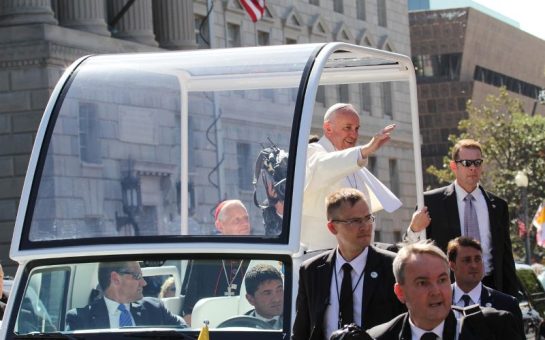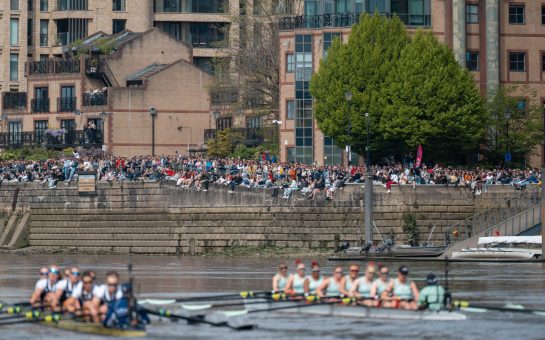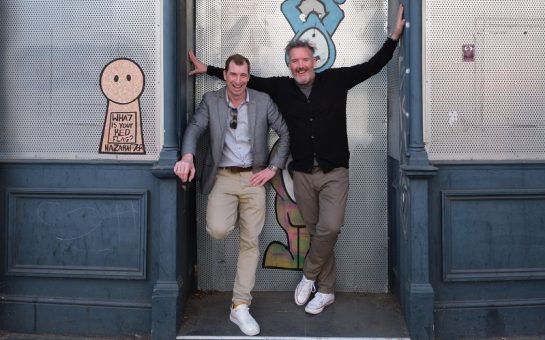A mugger holds a knife to a man’s throat and rummages through his pockets looking for cash or other valuables.
But with lightning fast movements the man grabs the hand holding the weapon, twists it away, adjusts his weight and balance to take full control, and finally, with the confidence gained from years of practice, forces the mugger to the ground and removes the threat.
The entire action took place within a few seconds, not on a darkened London street, but in the safety of a Putney gym. It was a potent example of Krav Maga (KM) – a self-defence system growing rapidly in popularity.
The name may be unfamiliar, but KM is Hebrew for “contact combat” and its origins lie in 1930s Bratislava (now in Slovakia).
Imi Lichtenfeld, a Hungarian Jew, had had enough of fascist groups attacking the Jewish quarter of the city. Using his knowledge of boxing, wrestling and street-fighting skills, he developed an eclectic system that focused on real life situations and delivering counter-attacks that turned the potential victim into the victor.

It looks painful, but in the gym care is taken to practise moves correctly and safely
While KM is not a martial art, it does use many of its techniques. Students today can expect to learn elements of Karate, Aikido, Boxing, Muay Thai, MMA and more.
Back in the Putney gym, Dave Woodcock, an instructor with over 30 years’ experience in martial arts and Urban KM, explained its appeal: “With KM you can walk away with something useful that night.
“We do simple moves and practise three or four techniques in a lesson. This builds up people’s confidence and we’ve had a couple of students who used stuff outside and it worked brilliantly.
“One guy, very well spoken, nice guy, he was going to Sandhurst to train as an officer. He went into a bar and some blokes said something to him, they had words, it ended up in a push and shove, but he came out on top, got the girl and got a round of applause.”
Dave stresses it is always best to avoid confrontation and walk away, but many of the students who come to his gym do feel threatened, especially by knives and the fear of gangs. And sometimes it is not possible to walk away.
Jamie Cara-Southey, a 32-year-old engineer from Wimbledon, had his own reasons: “I was on my bike when an enraged driver came along and forced me into a pothole. I knocked on his window, had words, and thought that was it.
“But I didn’t expect him to suddenly zoom up, stop in the middle of the street, throw open the door and out stepped this huge guy. I thought I’m in trouble here. He started shoving me and I was expecting some smacks to the head. I talked very diplomatically and an 80-year-old lollipop man intervened. I managed to get out of it unscathed.
“Because I was more or less attacked, it was this that made me start learning KM.”
In one lesson you may stop a knife, deal with a headbutt, practice ground techniques or anything else that is useful.
KM is not a sport and has a no frills approach – so fights should be finished quickly. While vulnerable parts of the body are targeted – such as the eyes, throat or groin – in a gym it is toned down as people have to work the next day.
But if somebody is trying to hurt you on the streets, then you have the right to defend yourself.
Who wants to be a victim and just another crime statistic in a London paper?
For more information on The Putney School of Urban Krav Maga, visit: www.urbankravmaga.com/classes/dave-woodcock or call 0776 291 9273.
Picture courtesy of Ray Forster, with thanks




